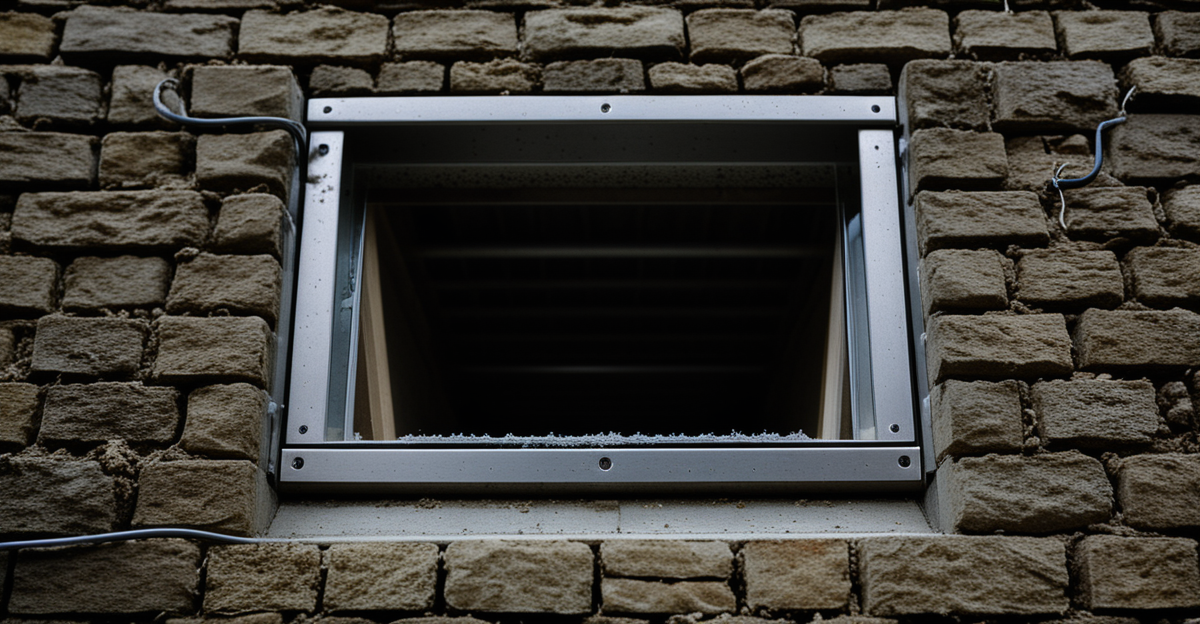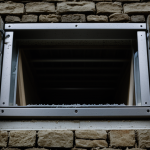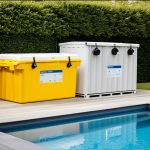Advanced Solutions for Basement Dampness in the UK
Addressing basement dampness remains a pressing challenge in UK building solutions due to the region’s naturally humid climate and often older construction methods. Moisture accumulation leads to mold growth and structural deterioration if left unmanaged.
Innovative natural ventilation systems have become crucial for preventing these issues. Unlike traditional mechanical approaches, natural ventilation leverages passive airflow, reducing energy consumption while maintaining healthier indoor conditions. This method is particularly effective in basements, where stagnant air encourages damp conditions.
Have you seen this : Revamping your uk cottage: an ultimate guide to eco-friendly greywater irrigation for a thriving garden
Among the most pioneering methods are ventilated air bricks combined with strategically placed ventilation shafts. These allow fresh outdoor air to permeate the basement, promoting continuous moisture control. Additionally, integrating moisture-permeable materials ensures humidity can escape while minimizing water ingress.
For the UK’s unique environment, these solutions are tailored to balance air exchange without compromising thermal efficiency. Using UK building solutions that emphasize natural ventilation aids in creating long-lasting, mold-free basements capable of withstanding seasonal moisture fluctuations. This approach is both environmentally sound and practical, providing a sustainable defense against basement dampness in UK properties.
Also to discover : Revamp your city garden: the essential guide to installing eco-friendly synthetic turf in uk homes
Cutting-Edge Natural Ventilation Techniques
Exploring the latest innovations in new ventilation systems reveals how passive ventilation excels in controlling basement dampness. These systems harness natural airflow principles to ensure continuous moisture removal without relying heavily on electricity. Advanced designs now incorporate smart ventilation controls, which monitor humidity levels and trigger airflow adjustments automatically, maintaining optimal conditions.
Material innovations also play a vital role. Permeable membranes and breathable insulation materials enable better moisture management by allowing damp air to escape while preventing water ingress. These materials complement ventilation methods by sustaining dry environments even in notoriously humid UK basements.
For effective moisture control, combining passive ventilation elements—like air bricks and ventilation shafts—with intelligent sensors optimizes performance. This synergy reduces energy consumption and enhances basement air quality.
Such technologies represent the forefront of modern solutions, reflecting a balanced integration of moisture control and energy efficiency suitable for the UK’s demanding climatic context. Implementing these new ventilation systems can effectively combat basement dampness and promote healthier indoor spaces.
Advanced Solutions for Basement Dampness in the UK
Basement dampness in the UK is a persistent issue caused by high humidity and aging structures. To tackle this, innovative natural ventilation solutions have gained prominence within contemporary UK building solutions. These systems focus on enhancing airflow without mechanical intervention, effectively reducing moisture levels that typically lead to mold and structural damage.
Natural ventilation plays a crucial role by fostering continuous air exchange, preventing stagnant, humid conditions common in basements. Typical methods include the installation of air bricks and carefully designed ventilation shafts, which introduce fresh air while allowing moisture-laden air to escape. Advanced designs now employ moisture-permeable materials alongside these ventilation pathways, ensuring optimal humidity control without compromising the building’s thermal envelope.
The most effective strategies also coordinate airflow patterns to avoid cold spots where dampness can accumulate. For UK properties, combining these innovative natural ventilation techniques provides a durable, energy-efficient solution to basement dampness. By aligning with environmental factors and local climates, these approaches enhance the indoor environment and protect against long-term moisture that can damage foundations and living spaces alike.
Advanced Solutions for Basement Dampness in the UK
Basement dampness poses a significant challenge in UK properties due to persistent humidity and older building methods. Addressing this requires innovative natural ventilation approaches specifically designed for the UK climate. Effective ventilation reduces moisture accumulation, which is a primary factor in mold growth and structural decay.
Natural ventilation stands out as a sustainable method by promoting steady airflow without energy-intensive mechanical systems. UK building solutions increasingly focus on combining ventilation bricks with moisture-permeable materials to optimize humidity control. This combination allows fresh air to enter while enabling damp air to escape, maintaining balanced indoor moisture levels.
The most innovative natural ventilation methods incorporate strategic placement of ventilation shafts and breathable construction materials. These systems are tailored to prevent stagnant air pockets—common triggers for dampness—by ensuring continuous air movement. This prevents cold zones where condensation and mold typically develop.
In summary, UK building solutions leveraging innovative natural ventilation techniques provide an energy-efficient, practical defence against basement dampness, enhancing both comfort and structural soundness.
Advanced Solutions for Basement Dampness in the UK
Basement dampness in the UK continues to challenge homeowners due to the region’s high humidity and traditional construction techniques. Addressing this requires innovative natural ventilation methods tailored within UK building solutions that prioritize steady airflow and moisture regulation.
Why is natural ventilation crucial? It prevents the buildup of humidity—one of the primary causes of mold and structural damage in basements. By allowing fresh air to enter and damp air to exit, these systems maintain balanced moisture levels without relying on energy-heavy mechanical devices.
Among the most effective approaches are the strategic use of ventilated air bricks combined with moisture-permeable materials. These create pathways for continuous air exchange, reducing stagnant air pockets where dampness tends to accumulate. Additionally, integrating ventilation shafts designed to optimize airflow direction helps prevent cold spots prone to condensation—a critical step in dampness control.
In summary, UK building solutions focusing on innovative natural ventilation provide a sustainable, energy-efficient defence against basement dampness, improving both indoor air quality and the longevity of structural elements.
Advanced Solutions for Basement Dampness in the UK
Basement dampness presents persistent challenges in UK properties, primarily driven by the country’s humid climate and traditional construction methods. Tackling this issue requires innovative natural ventilation strategies that promote consistent airflow to inhibit moisture accumulation. Damp environments foster mold growth and degrade structural components, making effective moisture control a top priority in UK building solutions.
Why prioritize natural ventilation? It works by facilitating the exchange of air without relying on energy-intensive mechanical systems, which often add complexity and costs. The most effective approaches combine ventilated air bricks with moisture-permeable materials, enabling damp air to exit while fresh air enters. This design ensures basements avoid stagnant air pockets where humidity concentrates.
Among the most innovative natural ventilation methods are systems that integrate ventilation shafts, which channel airflow strategically to prevent condensation-prone cold spots. Planners tailor these solutions to the UK’s climate, where dampness fluctuates seasonally but remains a constant risk. Overall, these cutting-edge ventilation techniques embody the essence of sustainable, energy-efficient UK building solutions to mitigate basement dampness effectively.










